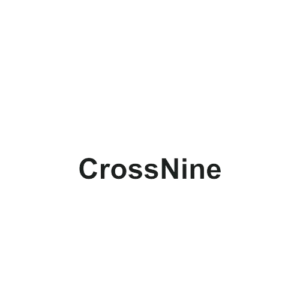Fashion ecommerce is undergoing a transformative phase, driven by consumer demands for sustainability and reduced waste in the fast fashion industry. With brands adapting to these changes by implementing return charges and the rise of resale e-commerce, data has become crucial to monitoring and forecasting buyer behavior. This shift also moves away from Google towards platforms like Amazon and TikTok for product discovery. Here, we’ll explore how to leverage search data effectively for trend analysis in the fashion e-commerce sector.
Core Focus Of Trend Analysis:
The primary goals of trend analysis in e-commerce should involve identifying opportunities for value creation, informing SEO and marketing activities, and crafting stronger messaging to meet user expectations. By analyzing search data, brands can stay ahead of evolving consumer preferences. Read another trendy and hot topic: What is Social Media Optimization.
Multiplatform Trend Analysis:
It’s essential to analyze data across multiple platforms to capture a comprehensive view of consumer trends. Using the example of handbags, we can gather data from Google, TikTok, eBay, and Amazon. By comparing the search velocity on these platforms, especially during Google’s decline, we can forecast user demand effectively. Visualizing this data through tools like Bayesian Structural Time Series (BSTS) graphs enhances understanding of trends.
Opportunity Products:
Utilizing demand modeling, brands can identify “opportunity products” within their catalog. By correlating demand for different products over time, brands can create opportunities for cross-selling, influence marketing channels, and provide added value through user content. Recognizing correlating product trends enables coordinated marketing efforts and targeted advertising, fostering collaboration with influencers on diverse platforms.
Tangential Search Trends:
Exploring relationships between fashion products and tangential searches unveils hidden opportunities. For instance, analyzing the connection between athletic wear and searches for workouts reveals seasonal trends. By creating content that consistently engages the target audience throughout the year, brands can build trust and influence Google’s perception, strengthening their organic presence.
The Ecommerce Imperative:
With different demographics favoring platforms like TikTok, a holistic approach to search demand analysis becomes imperative. TikTok’s growth ambitions in e-commerce underscore the need for brands to strategically analyze search demand, research keywords, and align content and messaging strategies. This comprehensive approach ensures a robust organic presence and consistent brand messaging across various channels.
In the dynamic landscape of fashion ecommerce, staying ahead requires a keen understanding of search demand and trend forecasting. By embracing a multiplatform approach, identifying opportunity products, and exploring tangential search trends, brands can position themselves as trendsetters. This holistic, search data-led approach meets consumer expectations and strengthens the brand’s presence in the ever-evolving ecommerce space.
